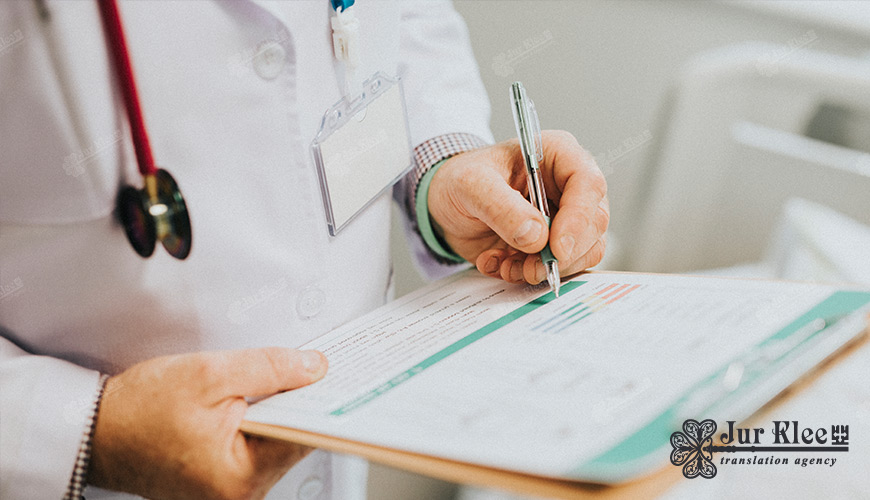
Characteristic features of medical texts translation
Every decade and year, international cooperation and the exchange of professional information between specialists from different countries engaged in the field of healthcare and medicine in general are steadily growing.
To keep up with the times, doctors need to constantly improve their skills, get acquainted with thematic periodicals, including foreign publications, attend conferences and seminars. The characteristic features of the current medicine are the growth in the number of new specialties, the emergence of innovative methods of diagnosis and treatment, the introduction and operation of specialized equipment, the use of modern materials. In this connection, there is a growing demand for the services of linguists. Translations of various medical texts and working documentation have their own specifics. To understand what it is, more information about this is provided in the material below.
Features of medical texts translation
Translation of medical texts and pharmaceutical-related materials is one of the most complex and responsible types of translation, which requires translators who have a high level of proficiency in the relevant foreign languages (including Latin), who are proficient in specialized medical terminology, and who even know human anatomy and physiology.
As a rule, linguists with extensive practical experience, who have some knowledge in the field of medicine or pharmacy, and who are experts in these fields of knowledge, are involved in the translation of medical documents. Increased requirements are imposed on their qualifications both by customers and by employers, since the life and health of a large number of people can directly depend on the quality, scrupulousness of the work they have performed, and the exact correspondence of the original documents to the translated versions. In this regard, medical translations occupy a special niche among other scientific and technical types of translations.
In the process of working on medical texts, even experienced translators may have difficulties of a linguistic and terminological nature, since medical documentation is full of professional jargon, narrow terminology, shortenings and abbreviations. Shortenings are often used to refer to the names of many diseases, medicines, medical procedures, infectious agents, etc.
Despite the fact that the vocabulary of doctors is mostly international, however, even some international terms can be interpreted differently in Russian and foreign languages.
When translating medical terminology, side associations, ambiguity, expression, and other features inherent in literary texts should not be used. Professional terms are characterized only by unambiguity and neutrality.

An additional complication lies in the fact that the medical vocabulary is updated annually with hundreds of new lexical units. A particularly large boom in lexical units is associated with the growth of new methods of treatment and diagnosis of patients. The lexicon of highly specialized fields of medicine, such as: immunology, radiology, oncology, radiology, transplantology, etc., is actively expanding. The number of new names of medical materials and drugs is steadily growing. Professional dictionaries do not always have time to fix the emerging lexical terms, so often the sources of information for translators are special literature (current publications, scientific reports in medical journals, materials of symposia, etc.).
Of particular difficulty in working on translations intended for patients are handwritten documents. The handwriting of many doctors is far from perfect, the standards of calligraphy, so for linguists, documents written illegibly, by hand, represent additional obstacles.
In addition to the above-mentioned difficulties, the medical texts are distinguished by a peculiar construction of sentences. Often in practice, there are whole paragraphs, replete with semantic structures, detailed definitions of terms that make it difficult to establish a connection between separate words. All this can lead to ambiguity in the perception of the translated text.
This is not all the difficulties that are inherent in medical texts. But, already based on this list, it is clear how complex and responsible the medical translation of each text intended for doctors or patients is.
Our offer is the medical text translation of moderate price
Jur Klee, having a serious work experience, an excellent reputation, a staff of experienced linguists, provides a wide range of translation services.
Medicine is one of the main areas of our activity.
Among other things, you can order at affordable prices:
- Written translation of texts of any complexity, volume, degree of confidentiality
- Consecutive interpretation
- Translation with notarization
- Layout, proofreading, and thematic editing of translations.
We guarantee that by contacting us for help, you will be satisfied with the quality, cost of services rendered, and the company's serious approach to work.
Jur Klee Translation Agency of medical texts is your best choice!


